Imagine opening your pantry to find shelves brimming with nourishing, wholesome ingredients that support not just your meals, but your gut health and overall wellness. Stocking a GAPS-friendly pantry isn’t just about filling your cupboards; it’s about curating a collection of foods that align with the principles of the Gut and Psychology Syndrome (GAPS) protocol — a dietary approach focused on healing digestive disorders and restoring the body’s natural balance. Whether you’re just beginning your GAPS journey or seeking to deepen your commitment, understanding which staples to keep on hand can transform your kitchen into a nurturing haven. In this article, we’ll explore the essential ingredients and clever tips for building a pantry that fuels healing and flavor alike.
Table of Contents
- Choosing the Right Ingredients for a GAPS Pantry
- Harnessing the Power of Probiotic-Rich Foods
- Building a Foundation with Essential Spices and Herbs
- Selecting Quality Fats and Oils for Optimal Health
- Smart Storage Tips to Keep Your Pantry Fresh and Functional
- Q&A
- In Summary
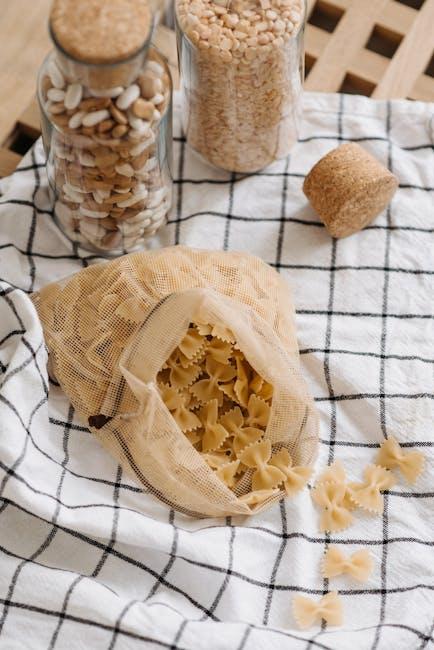
Choosing the Right Ingredients for a GAPS Pantry
When stocking up for a GAPS-friendly pantry, prioritize whole, nutrient-dense foods that support gut healing and overall health. Focus on fresh vegetables, quality meats, and fermented products that align with the GAPS principles. Incorporate organic bone broths, traditionally prepared fermented vegetables, and raw dairy (if tolerated) to maximize nutritional benefits. Avoid processed, refined, or artificial ingredients to maintain the integrity of the diet and support gut restoration effectively.
Consider keeping the following essentials in your pantry to create a versatile base for GAPS recipes:
- Grass-fed meats and fish – rich in omega-3s and essential amino acids
- Organic vegetables – especially leafy greens, squash, and root vegetables
- Fermented foods – sauerkraut, kimchi, and probiotic-rich drinks
- Coconut products – oil, flour, and milk for healthy fats and fiber
- Natural sweeteners – raw honey and stevia in moderation
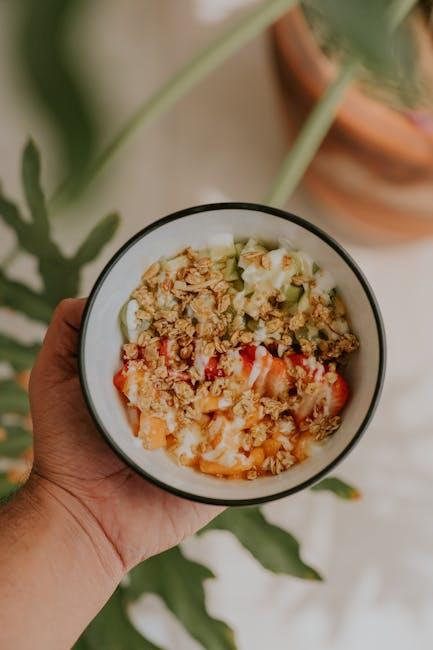
Harnessing the Power of Probiotic-Rich Foods
Incorporating probiotic-rich foods into your pantry fosters a thriving gut environment, which is central to the GAPS diet philosophy. Foods such as fermented vegetables, kefir, and homemade yogurt are treasures packed with live cultures that support digestion and immune function. These natural fermentations not only enhance nutrient absorption but also help crowd out harmful pathogens, cultivating a balanced and resilient microbiome.
To maximize the benefits, focus on sourcing quality ingredients and practicing proper fermentation techniques. Consider stocking up on:
- Raw, organic vegetables for fermentation
- Unpasteurized dairy for cultured dairy products
- Sea salt and filtered water to create an optimal fermentation environment
When thoughtfully prepared, these probiotic-rich staples transform your pantry into a powerhouse of gut-healing potential.
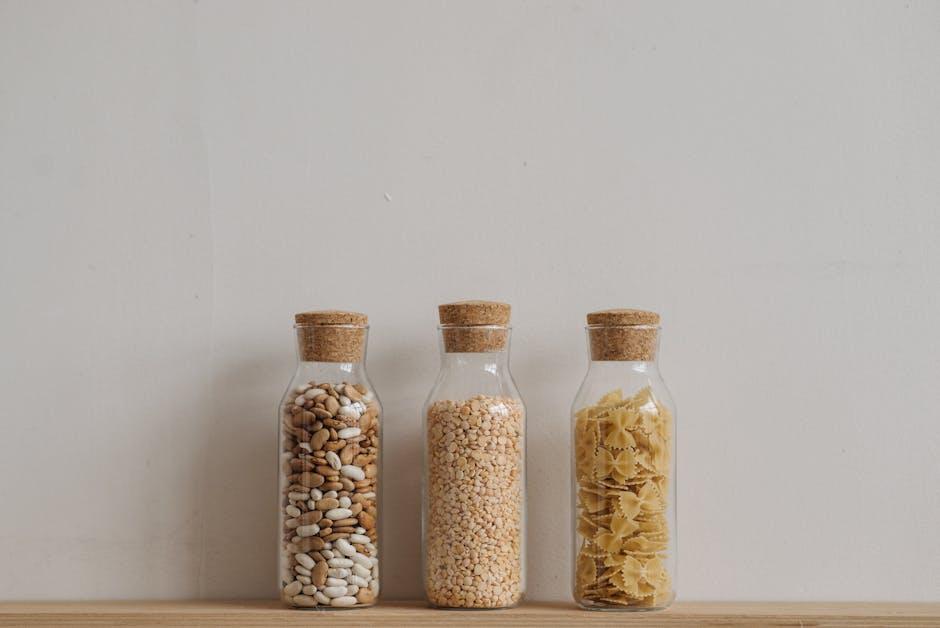
Building a Foundation with Essential Spices and Herbs
When crafting a pantry tailored to the GAPS diet, a well-curated selection of spices and herbs is a cornerstone. These ingredients not only elevate the flavors of your meals but also bring potent digestive and anti-inflammatory benefits essential for gut healing. Prioritize organic, whole spices and dried herbs, as they tend to retain their nutrient density better than processed or powdered alternatives. Incorporate staples such as turmeric, garlic powder, ginger, and cinnamon—each known for their antimicrobial and gut-soothing properties.
To streamline your kitchen essentials, consider organizing your spices using a simple table like this to keep your choices focused and accessible:
| Spice/Herb | Health Benefit | Usage Tip |
|---|---|---|
| Turmeric | Anti-inflammatory | Add to bone broths and stews |
| Ginger | Digestive aid | Use fresh or powdered in teas |
| Garlic Powder | Antimicrobial | Sprinkle on roasted vegetables |
| Cinnamon | Blood sugar regulation | Blend into smoothies or desserts |
Additionally, fresh herbs like parsley, cilantro, and basil complement stored spices by providing vibrant flavors and additional vitamins. Keeping these fresh or opting for dried versions ensures every meal supports your gut’s complex needs, bridging taste with therapeutic value.
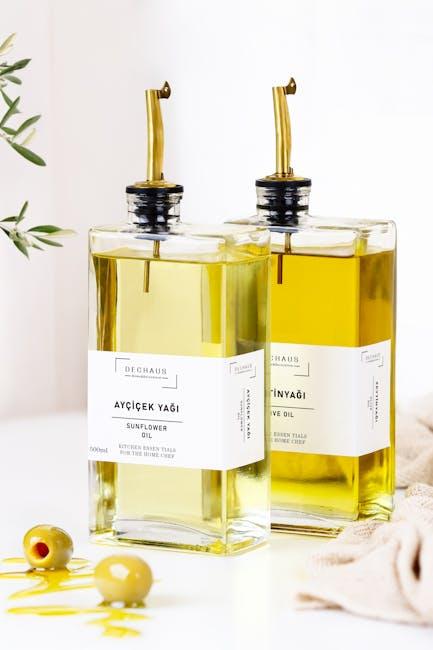
Selecting Quality Fats and Oils for Optimal Health
When building a pantry focused on gut health, prioritizing fats and oils that support digestive balance is essential. Choose fats that are easy to digest and rich in essential fatty acids, such as ghee, which offers clarified butter’s benefits without lactose, making it ideal for sensitive stomachs. Coconut oil is another excellent choice, packed with medium-chain triglycerides (MCTs) that provide quick energy and have antimicrobial properties. Avoid processed vegetable oils heavy in omega-6 fatty acids, as they can promote inflammation and hinder gut healing.
Here’s a quick guide to help identify pantry staples that align with a healing-focused approach:
- Ghee: High smoke point, lactose-free, rich in butyrate for gut lining support.
- Coconut Oil: MCTs aid digestion, natural antimicrobial effects.
- Olive Oil: Contains heart-healthy monounsaturated fats, best for low-heat uses.
- Animal Fats (tallow, lard): Traditional fats valuable for nutrient density and cooking versatility.
| Fat/Oil | Best Use | Benefit |
|---|---|---|
| Ghee | Cooking, Baking | Supports gut lining, lactose-free |
| Coconut Oil | Sautéing, Light Frying | Antimicrobial, quick energy |
| Olive Oil | Salads, Drizzling | Heart health, anti-inflammatory |
| Animal Fats | Roasting, Frying | Nutrient dense, traditional |
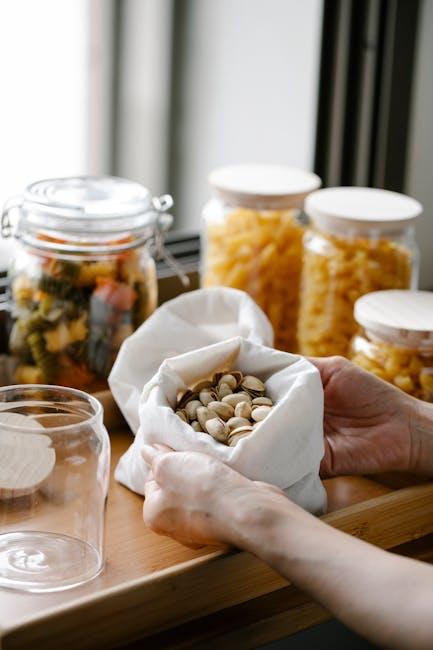
Smart Storage Tips to Keep Your Pantry Fresh and Functional
When organizing a pantry tailored to the specific needs of a GAPS diet, prioritizing airtight containers is essential. These containers preserve the integrity and freshness of fermented foods, nuts, and seeds, which are staples in the GAPS lifestyle. Consider using glass jars with tight-fitting lids to store bone broths and homemade fermented vegetables, ensuring they remain uncontaminated and flavorful. Additionally, labeling each container with the date of preparation can help manage rotation and prevent spoilage.
Smart use of vertical space transforms any pantry into a functional haven. Installing adjustable shelves or pull-out baskets allows easy access to items without disturbing the delicate order of your stocked goods. Create designated zones for different food categories:
- Fermented foods: Cool, dark spots to maintain probiotic viability
- Dry goods: Opaque containers to protect against light damage
- Herbs and spices: Small jars with airtight lids to lock in potent flavors
| Storage Item | Ideal Container | Optimal Placement |
|---|---|---|
| Bone Broth | Glass Mason Jar | Lower Shelf, Cool Area |
| Fermented Vegetables | Airlock Jar | Dark Corner |
| Nuts & Seeds | Opaque Airtight Container | Pantry Shelf |
| Herbs & Spices | Small Glass Jars | Eye-Level Rack |
Q&A
Q&A: Stocking a GAPS-Friendly Pantry
Q1: What is the GAPS diet, and why is it important to have a dedicated pantry?
A: The GAPS (Gut and Psychology Syndrome) diet focuses on healing the gut through nutrient-dense, easy-to-digest foods. Having a dedicated pantry stocked with GAPS-friendly items ensures you always have the right ingredients on hand to support gut health and maintain dietary consistency.
Q2: Which staples are essential for a GAPS-friendly pantry?
A: Key staples include homemade bone broth, fermented vegetables, high-quality animal fats like tallow or clarified butter, coconut oil, raw honey, nuts (soaked and dehydrated), and a variety of fresh and dried herbs and spices. These ingredients help create healing, nourishing meals.
Q3: Are grains allowed in a GAPS pantry?
A: Traditional grains are generally avoided during the initial phases of the GAPS diet due to their complex carbohydrates, which can irritate the gut. However, some fermented grain products may be reintroduced carefully in later stages, depending on individual tolerance.
Q4: How can you keep your GAPS pantry organized and fresh?
A: Use airtight containers to store nuts and dehydrated items, label everything clearly, and rotate stock regularly to maintain freshness. Keeping perishable fermented foods in the fridge or a cool place also preserves their beneficial probiotics.
Q5: What are some timesaving tips for preparing GAPS-friendly meals using pantry staples?
A: Pre-make large batches of bone broth and fermented veggies, store homemade ghee or clarified butter ready to use, and pre-soak and dehydrate nuts. Having these items prepared reduces daily meal prep time, making the diet more manageable.
Q6: Can you recommend any sweeteners for a GAPS pantry?
A: Raw honey is the preferred sweetener on GAPS, used sparingly. Avoid processed sugars and artificial sweeteners, as they can disrupt gut healing.
Q7: Is it necessary to buy organic and grass-fed products for a GAPS pantry?
A: While not absolutely mandatory, sourcing organic and grass-fed products supports overall health and reduces exposure to pesticides and antibiotics, which aligns well with the gut-healing focus of the GAPS diet.
Q8: How do fermented foods fit into stocking a GAPS pantry?
A: Fermented foods like sauerkraut, kefir, and yogurt are crucial for replenishing beneficial gut bacteria. Keeping these on hand either homemade or high-quality store-bought options ensures your gut flora stays balanced.
Q9: What should beginners avoid when stocking their first GAPS pantry?
A: Beginners should avoid processed foods, grains, refined sugars, and artificial additives. Focus on whole, nutrient-dense foods that support healing and avoid anything that could trigger gut inflammation.
Q10: Any final advice for maintaining a GAPS-friendly pantry?
A: Build your pantry gradually, focusing on quality and healing properties rather than quantity. Stay flexible and listen to your body’s responses, tweaking your pantry items as you progress through the GAPS protocol.
In Summary
Building a GAPS-friendly pantry is more than just a culinary choice—it’s an investment in your health and well-being. With thoughtfully selected staples like nourishing broths, fermented foods, and wholesome fats, your kitchen transforms into a sanctuary of healing and nourishment. As you fill your shelves with these carefully chosen ingredients, you’re not only preparing meals but also laying the groundwork for a balanced, vibrant life. Remember, stocking your pantry thoughtfully sets the stage for success on your GAPS journey, turning everyday cooking into an act of care for yourself and your loved ones.







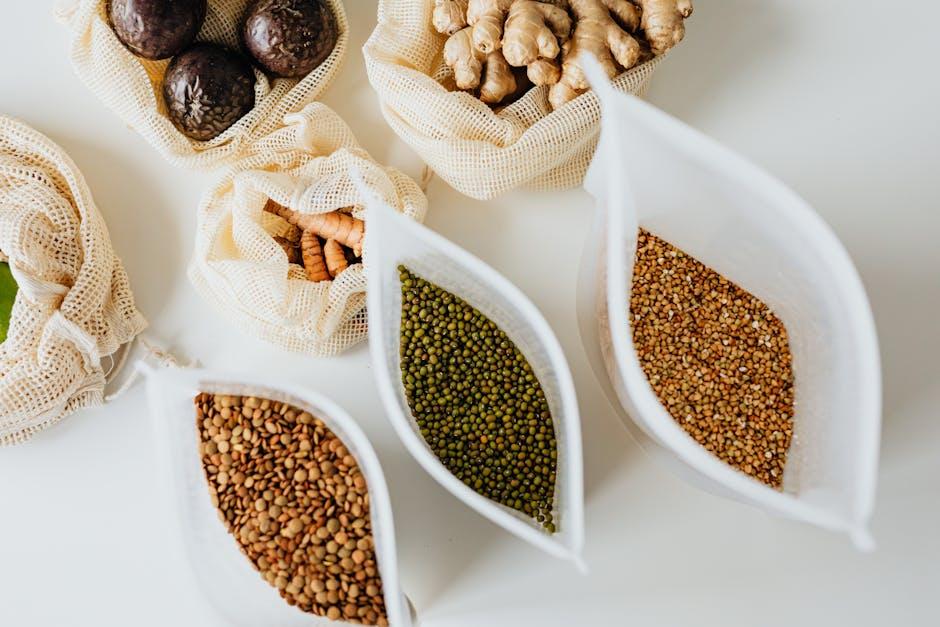
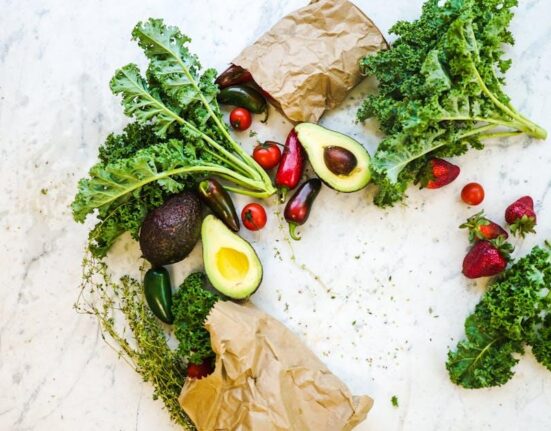
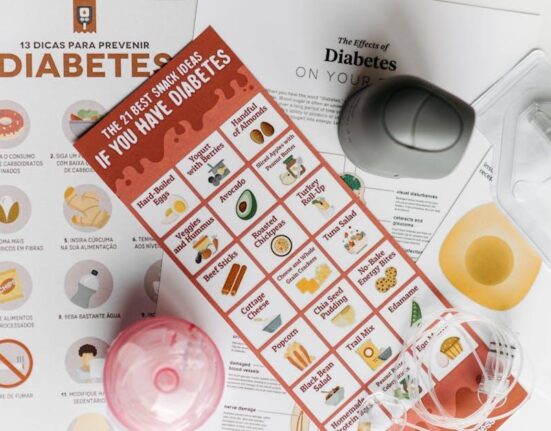




Leave feedback about this